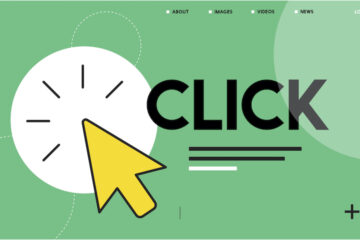Pluralistic Walkthrough: Enhancing Collaboration and Quality in Requirement Analysis
Published by Abhijeet Singh on


Pluralistic Walkthrough: Enhancing Collaboration and Quality in Requirement Analysis
In software development, a pluralistic walkthrough is a crucial requirement analysis process. Its significance lies in capturing, validating, and refining requirements to align with stakeholders’ needs. By involving multiple stakeholders, this collaborative technique enhances the requirement analysis process and ensures interactive evaluation of requirements. This article delves into the concept’s advantages, highlighting how pluralistic walkthrough fosters collaboration and quality in requirement analysis.
Understanding Pluralistic Walkthrough: Pluralistic walkthrough is an iterative and participatory technique that brings together diverse stakeholders, including business analysts, developers, testers, and end-users, to review and evaluate requirements collectively. It encourages active involvement and collaboration, leveraging the knowledge and expertise of various stakeholders to improve the quality of requirements.
The Process: The pluralistic walkthrough typically involves the following steps:
- Preparing for the walkthrough: The facilitator prepares the agenda, documentation, and any artifacts required for the session. The stakeholders are provided with the necessary materials to familiarize themselves with the requirements beforehand.
Conducting the walkthrough: During the session, the facilitator presents the requirements to the stakeholders, who examine and provide feedback on each requirement. This feedback can range from clarifications and suggestions to identifying potential issues or conflicts.
Facilitating discussions: The facilitator ensures that all stakeholders have an opportunity to express their viewpoints, ask questions, and engage in constructive discussions. The goal is to gather diverse perspectives and insights to improve the understanding and completeness of requirements.
Capturing feedback: The facilitator records the feedback and insights shared by the stakeholders. These notes serve as valuable input for refining and enhancing the requirements.
Iterating and repeating: After the initial walkthrough, the facilitator incorporates the feedback into the requirement documentation. The process may involve multiple iterations of walkthroughs until the stakeholders reach a consensus and the requirements are deemed complete and satisfactory.
Benefits of Pluralistic Walkthrough:
Enhanced collaboration: Pluralistic walkthrough fosters collaboration by providing a platform for stakeholders to share their knowledge, perspectives, and concerns. It promotes open communication and helps in building a shared understanding among diverse stakeholders.
Improved requirement quality: By involving multiple stakeholders, pluralistic walkthrough leverages their collective expertise to identify potential issues, gaps, and ambiguities in requirements. This iterative process leads to more accurate, comprehensive, and feasible requirements.
Early issue identification: Pluralistic walkthrough enables the early detection of potential issues and conflicts, reducing the likelihood of costly rework during later stages of the project. It allows stakeholders to address concerns and align their expectations early.
Increased stakeholder satisfaction: By actively involving stakeholders in the requirement analysis process, a pluralistic walkthrough ensures that their perspectives and needs are considered. This leads to a higher level of stakeholder satisfaction, as their inputs are valued and incorporated into the final requirements.
Conclusion:
Pluralistic walkthrough is a valuable technique for enhancing collaboration and improving requirement quality in software development projects. By leveraging the knowledge and perspectives of diverse stakeholders, this collaborative approach enables the identification of issues, gaps, and conflicts in requirements at an early stage. The iterative and participatory nature of pluralistic walkthrough leads to a shared understanding among stakeholders, ultimately resulting in better project outcomes and higher stakeholder satisfaction. By adopting pluralistic walkthrough in requirement analysis, organizations can significantly enhance the accuracy, completeness, and feasibility of their requirements, paving the way for successful software development endeavors.


